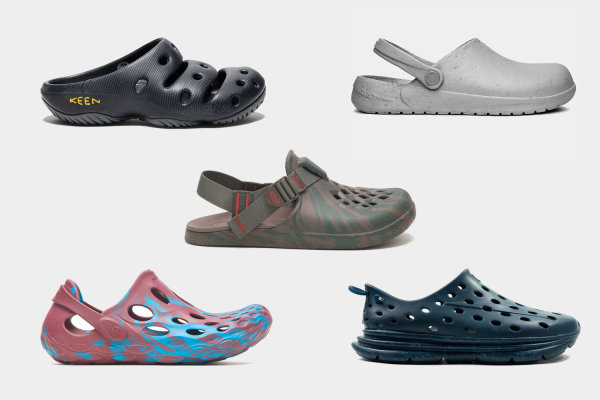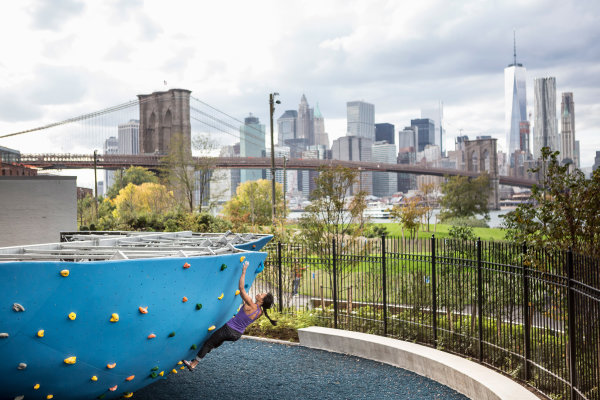Daydreams of Japan are easily filled with Tokyo skyscrapers and bustling streets, cherry blossoms and coffee in Kyoto, street food in Osaka, powder skiing in Hokkaido, picturesque Mt. Fuji, maybe even the bowing deer of Nara. After a recent visit earlier this fall, hiking the Michinoku Coastal Trail needs to be added to the above bucket list Japan trips.
With record number of foreign visitors crowding Japan’s most established destinations, this little-known trail offers far fewer tourists and a uniquely rich combination of authentic local culture and beautiful raw landscapes—a compelling alternative for those looking to experience the “real” Japan. And best of all, it’s entirely accessible via Japan’s robust train system and within easy reach of Tokyo by bullet train.
Located along the northeastern coastline of Japan’s main island, Honshu, in the rugged, rural, and rarely visited region of Tohoku, the Michinoku Coastal Trail spans over 1,000 km (~635 miles) cutting a path through traditional villages and modern cities with stunning views and world-class food around every corner. For day hikers and thru-hikers alike, the trail offers easy access to scenic hiking and both Western and traditional accommodations with campgrounds, hotels, and ryokans throughout. Not to mention plenty of natural hot springs, too.
In September I spent a handful of days hiking 50+ miles along the MCT, using local railway and busses to expand my reach to some of the most scenic sections of the trail. Though I was only able to explore the trail’s northern half, I have every reason to believe the remaining sections offer more of the same inspiring sites and accommodations.
In this guide I’ll break down the key things to know about visiting the MCT region, share my experience on the trail, and offer pro tips for those looking to hike the MCT in the future. If you've ever dreamed of section or thru-hiking a long trail like the PCT, CDT, or AT in North America, but you also want a more unique experience (with better food and accommodations), the MCT may be for you. So let’s get into it.







































